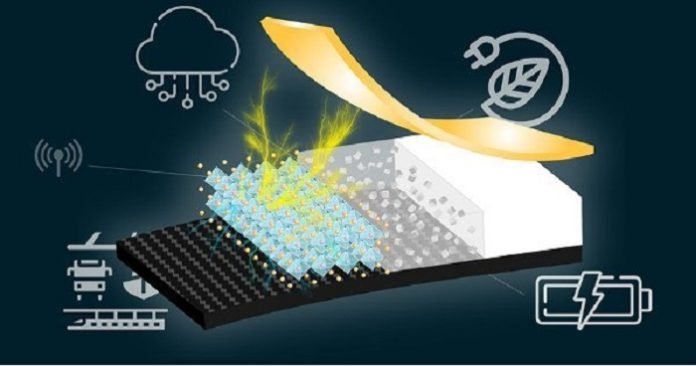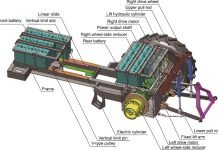
Researchers have made a groundbreaking discovery in energy technology!
They have developed a remarkable device that can transform vibrations from our surroundings into electricity.
This invention offers a promising solution for powering self-sustaining sensors, contributing to a more sustainable future. Let’s dive into the details of this exciting development.
Energy harvesting plays a vital role in converting environmental energy into usable electricity.
In a recent study published in the journal Nano Energy , scientists unveiled their innovative creation—a device that can generate electricity by combining piezoelectric composites with a lightweight and strong material called carbon fiber-reinforced polymer (CFRP).
The Magic of Vibrations
Vibrations are all around us, and this new device can capture their energy and convert it into a usable power source.
Piezoelectric materials, which generate electricity when subjected to physical stress, make this possible.
The researchers recognized the durability and lightness of CFRP, commonly used in aerospace, automotive, and sports industries, as a perfect match for their device.
The Birth of the C-PVEH
To create their device, known as the Carbon Fiber Reinforced Polymer Piezoelectric Vibration Energy Harvester (C-PVEH), the research team combined CFRP with tiny particles of potassium sodium niobate (KNN) mixed with epoxy resin.
The CFRP acted as both an electrode and a sturdy base for reinforcement.
The C-PVEH surpassed all expectations during rigorous testing. It demonstrated outstanding durability, withstanding over 100,000 bends without losing its high performance.
The device efficiently stored the generated electricity and successfully powered LED lights. Moreover, it outperformed other KNN-based polymer composites by providing a higher energy output density.
The implications of the C-PVEH are significant, particularly for self-powered Internet of Things (IoT) sensors. IoT devices, such as fridges, street lamps, and various other gadgets connected to the internet, require a reliable power source.
The C-PVEH offers an efficient solution for remotely located IoT devices or situations where multiple sensors are needed.
The researchers involved in this breakthrough are not only excited about the potential societal benefits of the C-PVEH but also the advancements it brings to the fields of energy harvesting and sensor technology.
They anticipate that the exceptional energy output density and resilience of the C-PVEH will inspire further research into using different composite materials for various applications.
The development of the C-PVEH marks a significant step forward in energy technology.
By harnessing vibrations and converting them into electricity, this innovative device has paved the way for self-powered sensors and more energy-efficient IoT devices. The potential for a sustainable future powered by our surroundings is becoming an exciting reality.
Remember, the vibrations around us hold immense power for shaping the technology of tomorrow.




